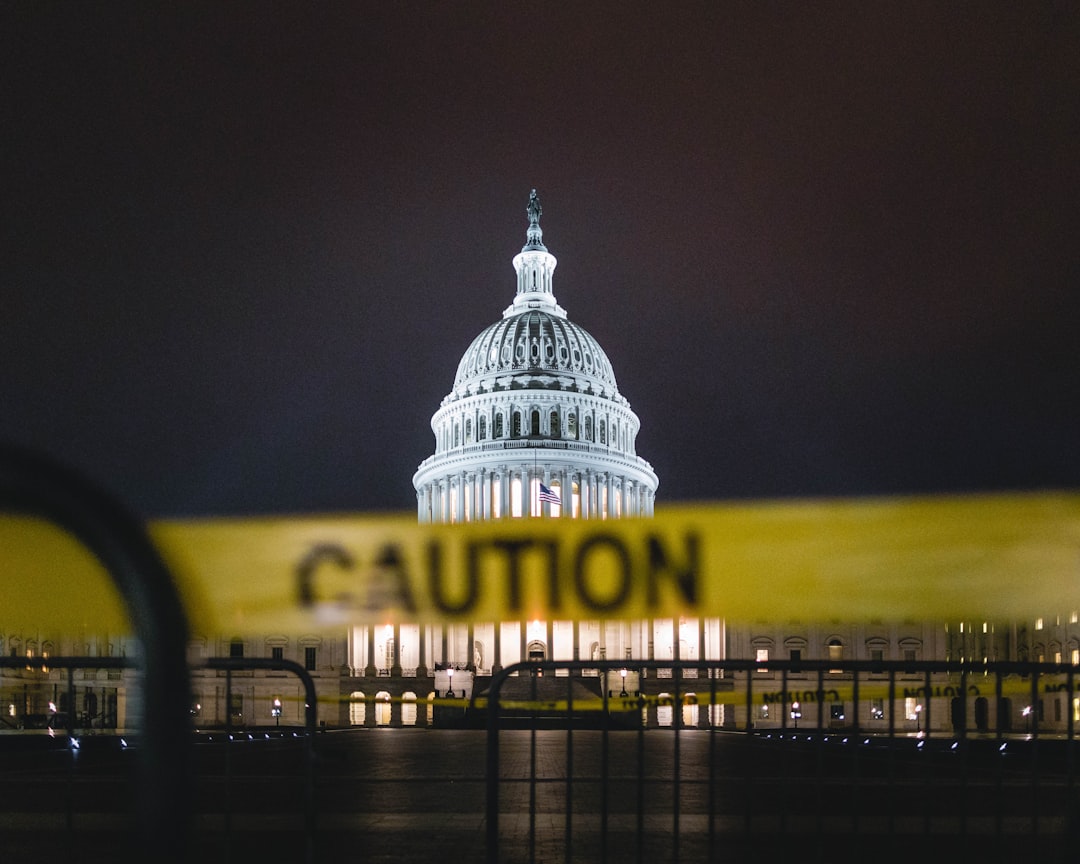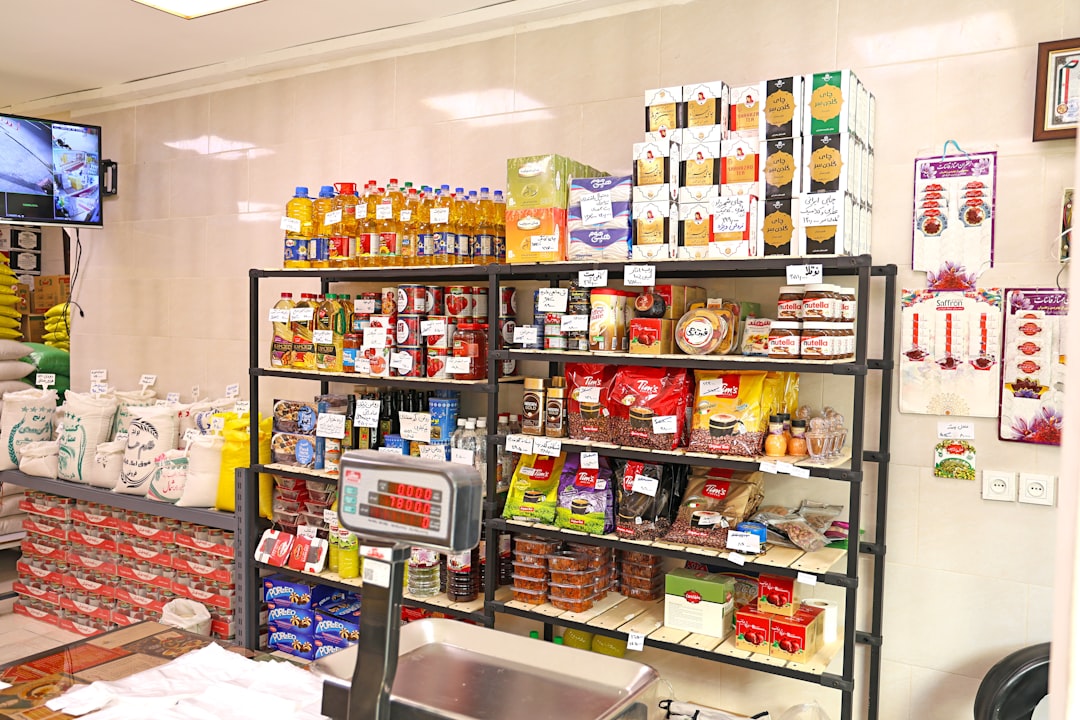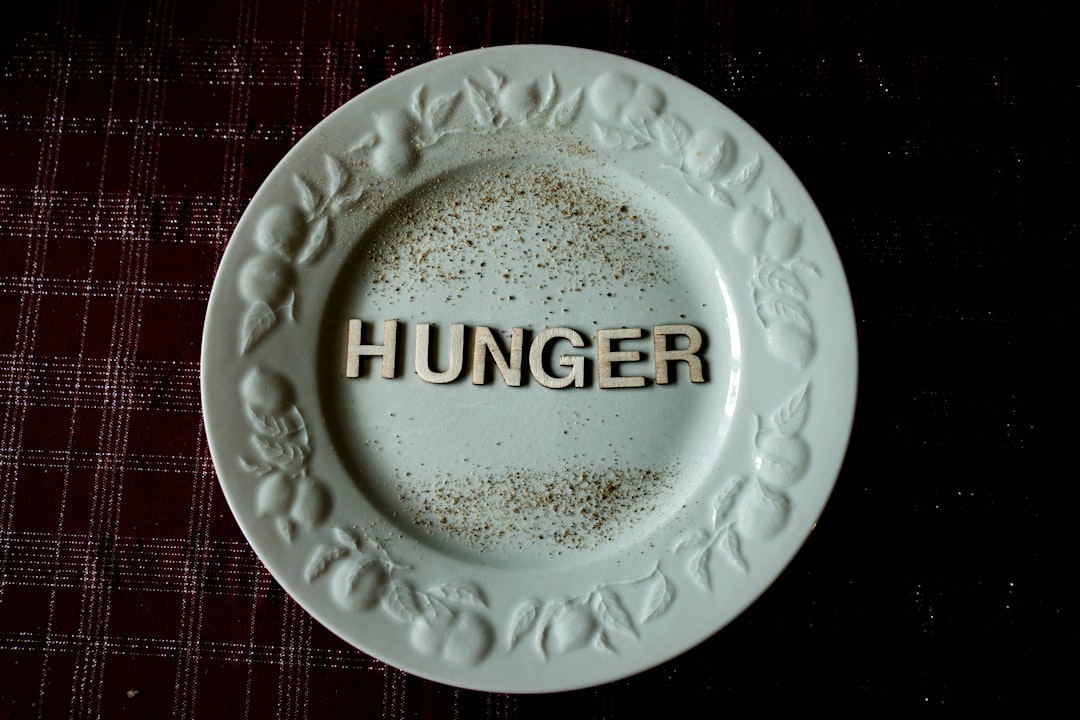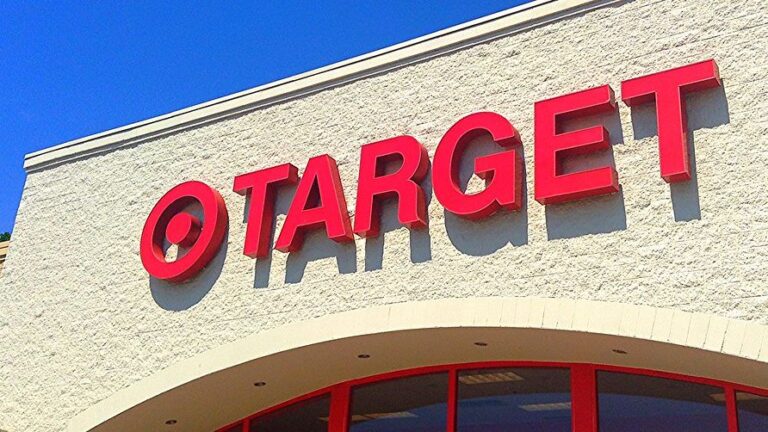U.S. To Halt Food Aid Next Week Amid Shutdown, Leaving Millions At Risk
The political gridlock in Washington has reached a devastating new low, threatening to strip away the most basic necessity from millions of American families. Food assistance programs that serve as lifelines for vulnerable communities now hang in the balance as government operations remain paralyzed.
The implications extend far beyond statistics and policy debates. We’re talking about real families who will face empty shelves and difficult choices between paying rent or buying groceries. The ripple effects of this crisis will be felt across communities nationwide.
Government Announces Halt To Food Aid

The U.S. Department of Agriculture (USDA) announced that it will stop distributing food assistance through the Supplemental Nutrition Assistance Program (SNAP) starting November 1. The program, known as food stamps, currently supports more than 40 million Americans, providing vital help for groceries and daily meals.
Blame Game Between Parties Intensifies

The USDA stated bluntly that “the well has run dry,” while blaming Senate Democrats for the deadlock. The political impasse has halted funding, leaving millions uncertain about where their next meal will come from as Congress fails to reach a resolution.
Contingency Fund Sparks Heated Debate

Earlier this month, the Trump administration decided not to use a contingency fund that could have kept SNAP benefits flowing temporarily. Officials argued that the reserve should be preserved for natural disasters or other emergencies, not for a political stalemate.
Lawmakers Condemn Decision As ‘Cruel’

Democratic representatives Rosa DeLauro and Angie Craig condemned the move as “perhaps the most cruel and unlawful offense yet” by the administration. They criticized President Trump for prioritizing projects like foreign aid and White House renovations while millions of Americans face food insecurity.
Limited Lifeline In The SNAP Reserve

According to the Center on Budget and Policy Priorities (CBPP), even if the contingency fund were released, it could only cover about 60% of one month’s benefits. The fund’s limited capacity means the crisis could worsen if the shutdown continues into December.
States Scramble To Fill The Gap

Some states, including Massachusetts and California, are preparing to use their own budgets to cover the shortfall. Others are turning to food banks and charities to help affected families. However, the federal government has warned states that they will not be reimbursed for these emergency measures.
Growing Impact Of The Historic Shutdown

The shutdown, now entering its 26th day, has become the second-longest in U.S. history. With millions dependent on SNAP, the pause in funding highlights how political gridlock in Washington is hitting ordinary Americans hardest – those who rely on food aid to simply get by.





